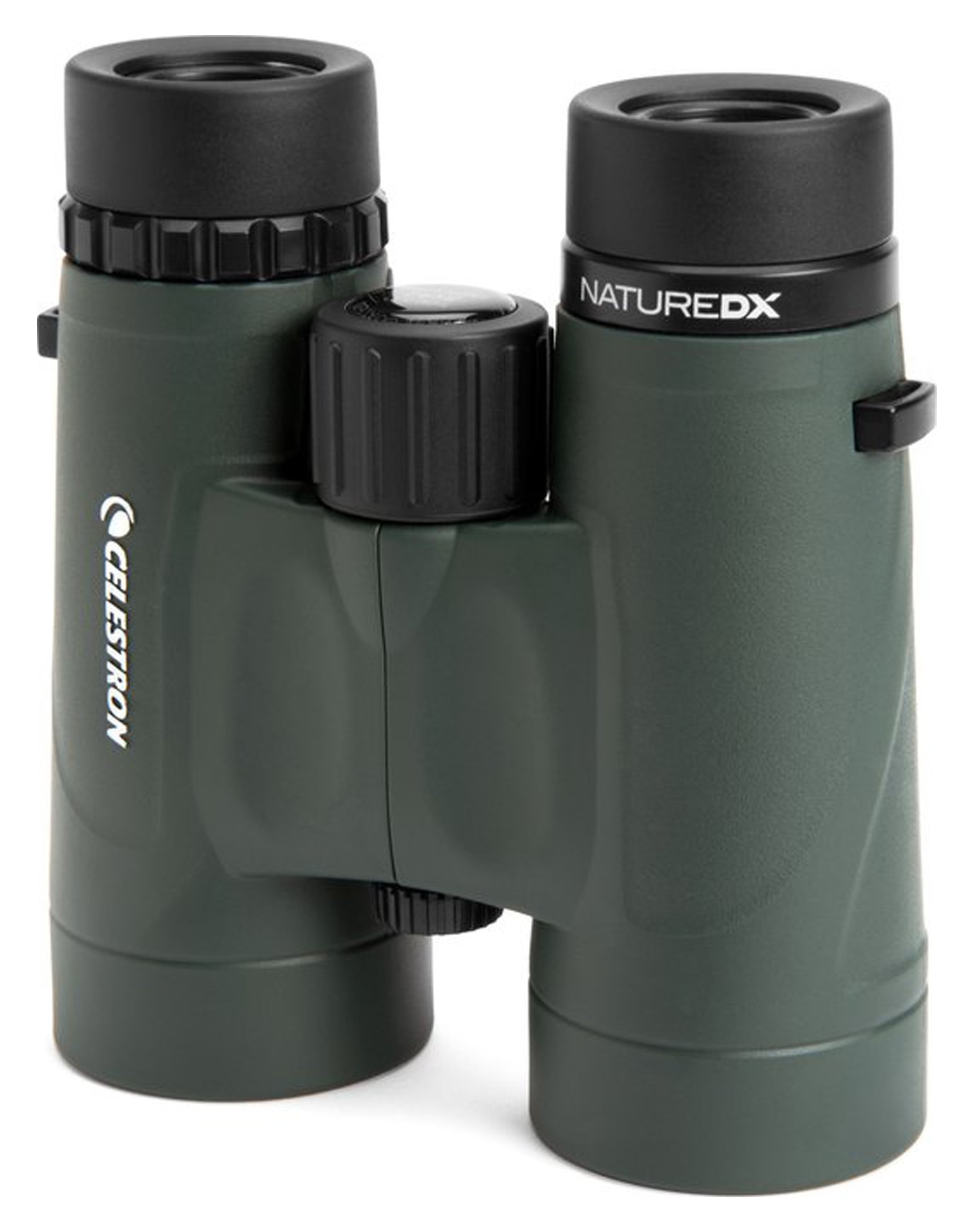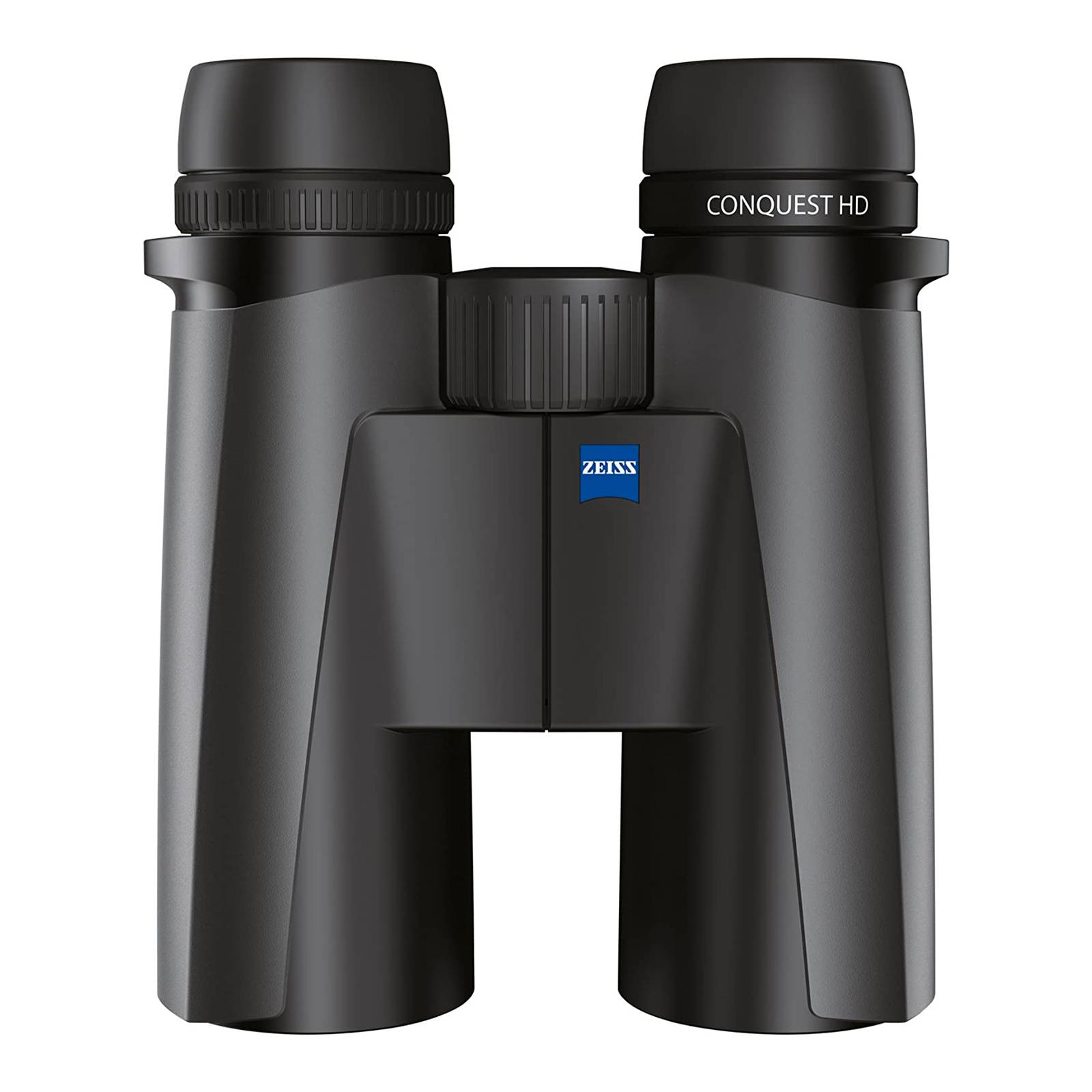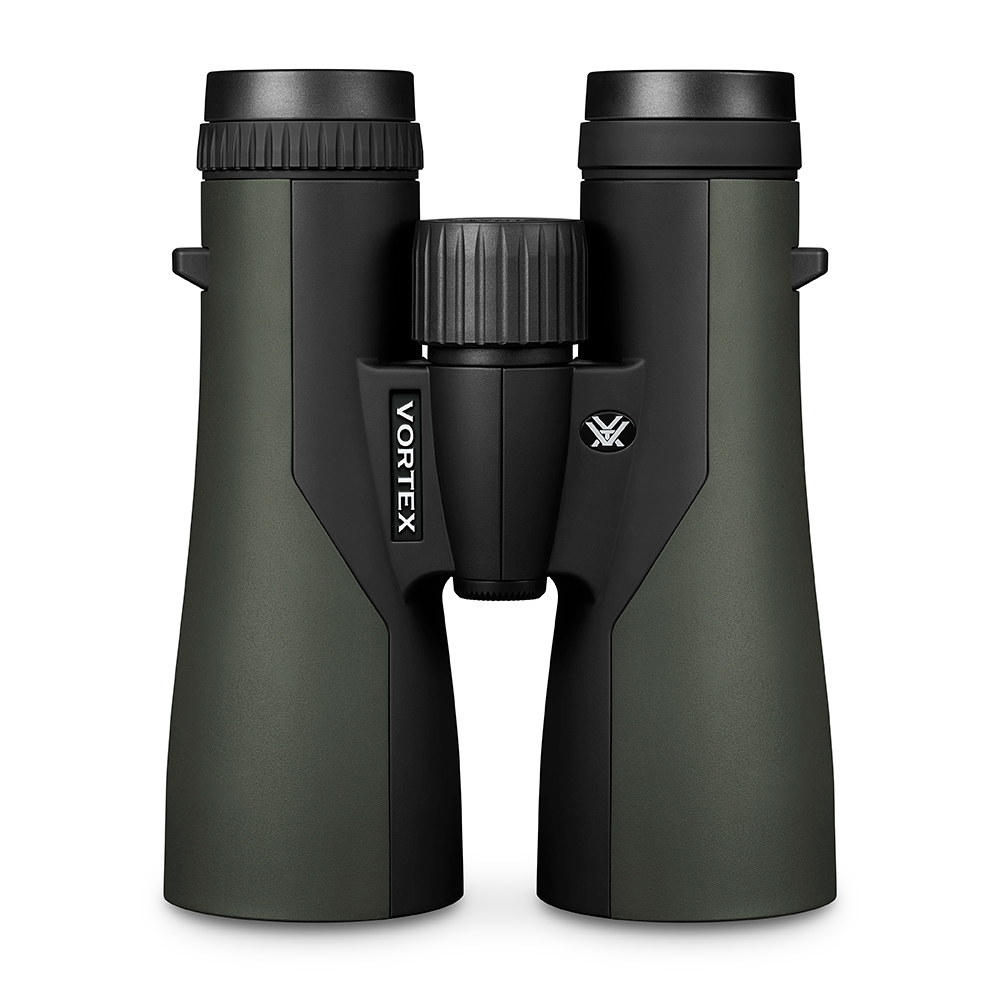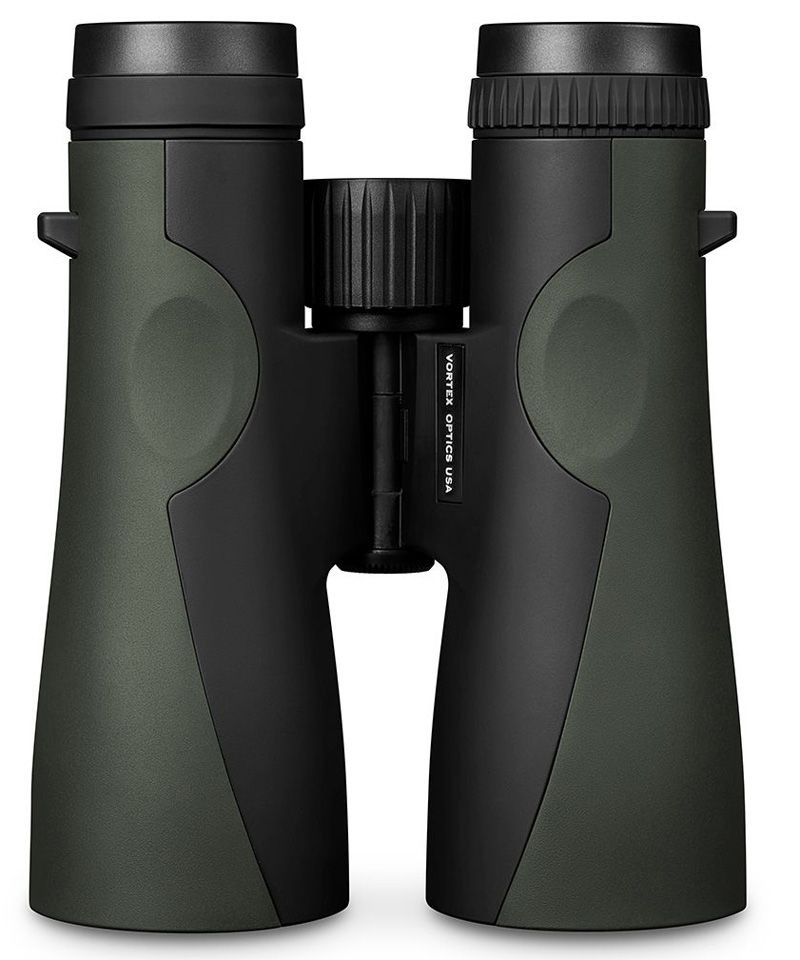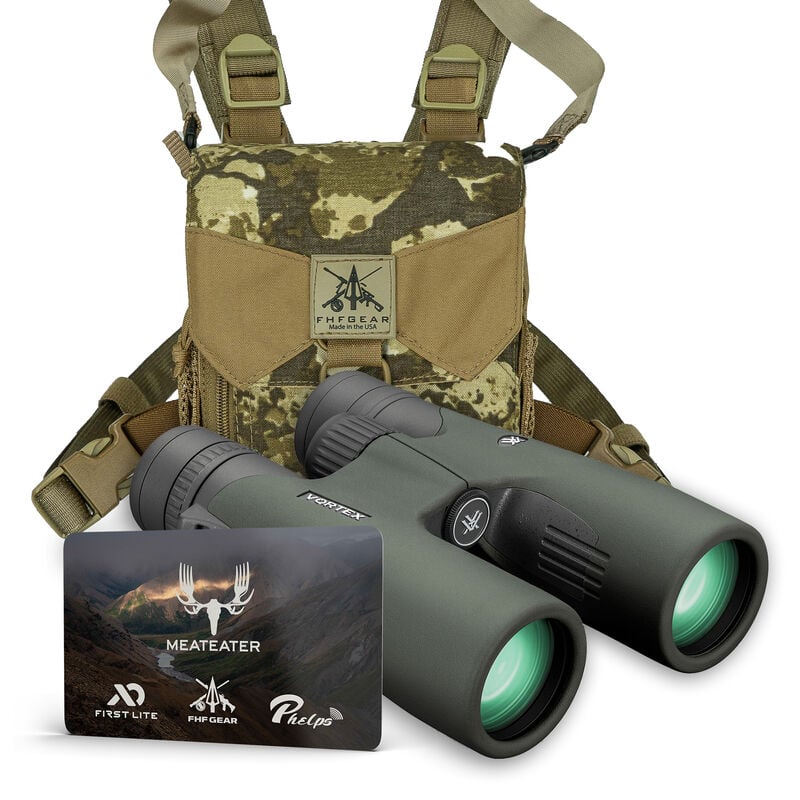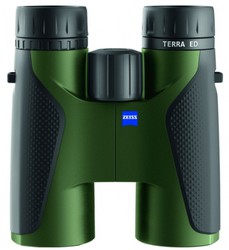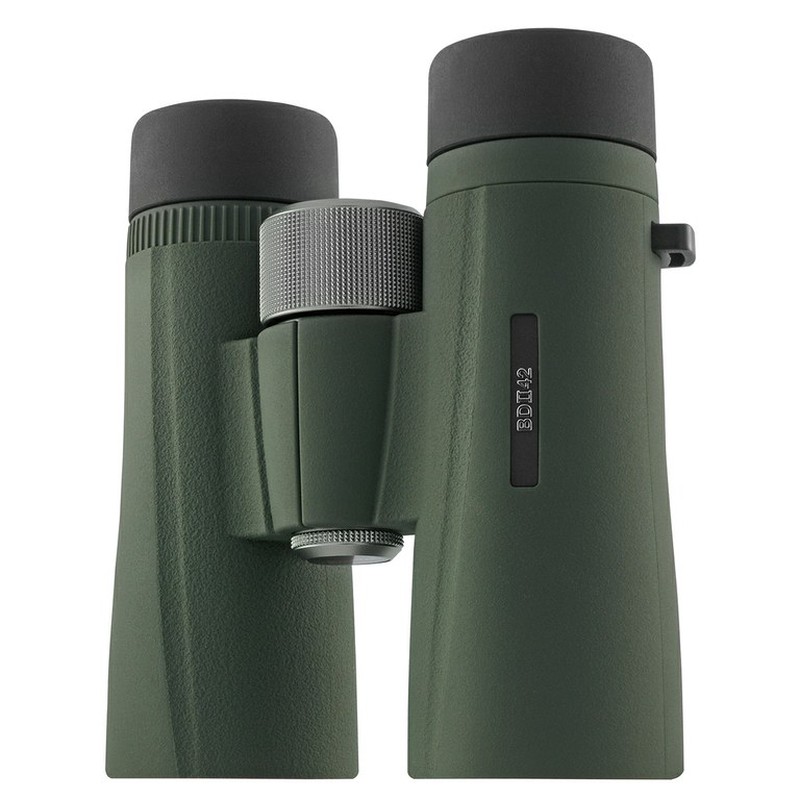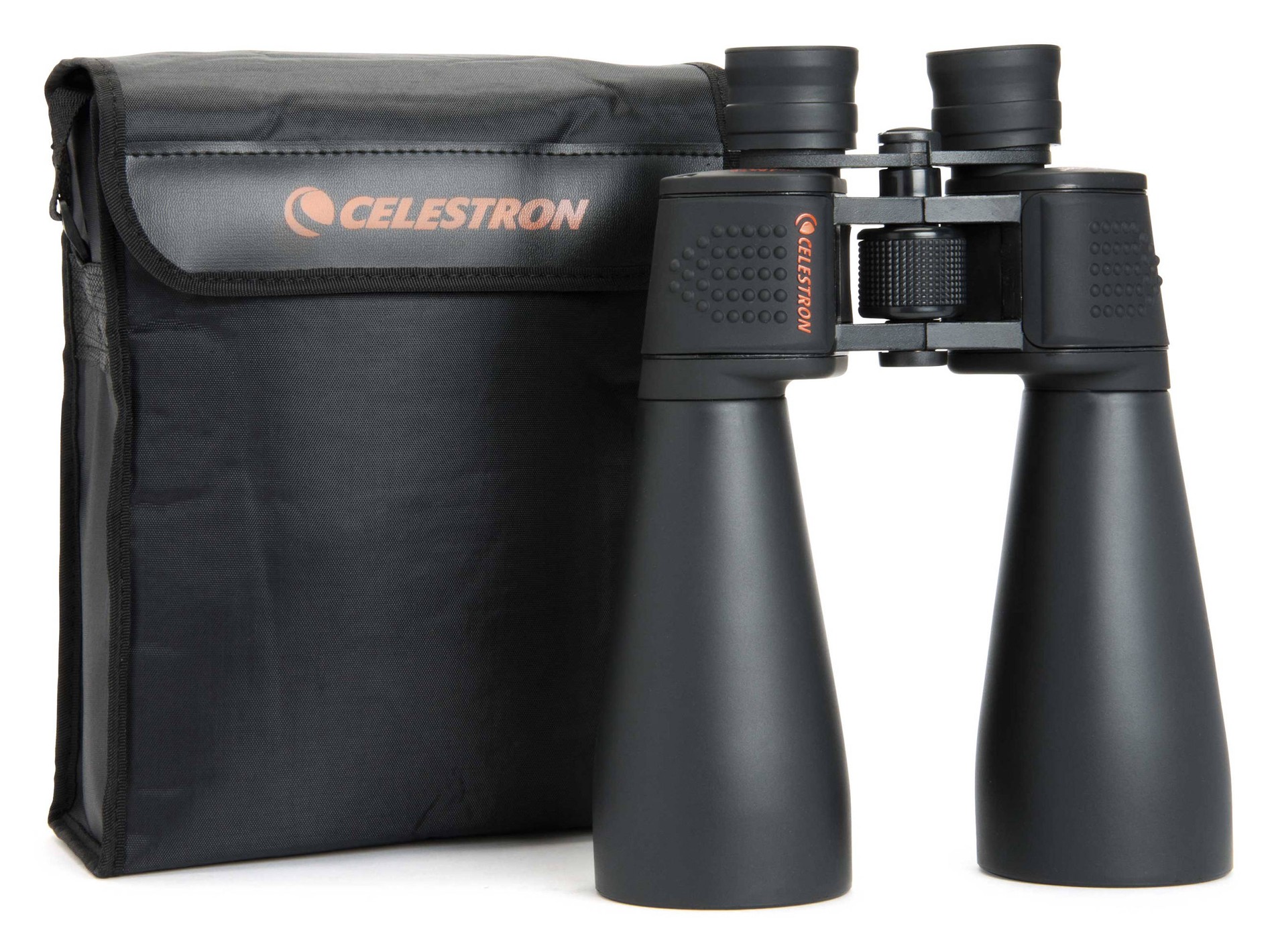Discover Pandipedia
Pandipedia is the world's first encyclopaedia of machine generated content approved by humans. You can contribute by simply searching and clicking/tapping on "Add To Pandipedia" in the answer you like. Learn More
Expand the world's knowledge as you search and help others. Go you!

Automatic Prompt Engineering (APE) automates the creation of prompts[1]. It involves a model generating multiple prompts, evaluating them, and refining the good ones, repeating the process[1].
Here's how it works[1]: First, a model is prompted to generate output variants[1]. Next, evaluate the generated prompts by scoring them based on a chosen metric such as BLEU (Bilingual Evaluation Understudy) or ROUGE (Recall-Oriented Understudy for Gisting Evaluation)[1]. Finally, select the prompt with the highest evaluation score for use; this can be further tweaked and re-evaluated[1].
Let's look at alternatives:
- Modify the query.
- Start a new thread.
- Remove sources (if manually added).
- Request a manual search from our human research team.
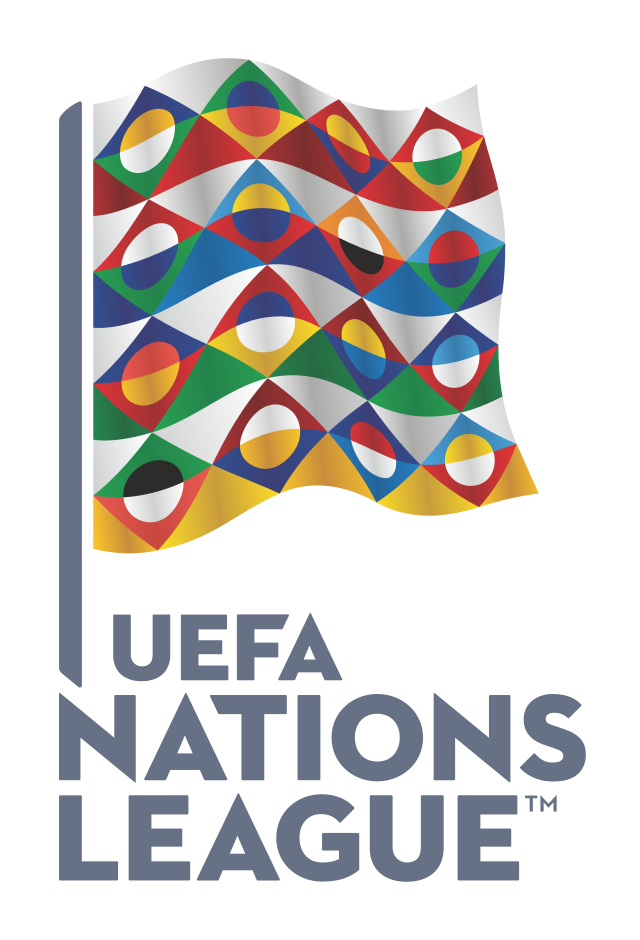
The UEFA Nations League is an innovative international football competition introduced by UEFA (the Union of European Football Associations) to enhance the quality of national team matches among its member associations. Launched in September 2018, it aims to replace typical friendly matches with more competitive fixtures, thereby providing national teams with opportunities to compete against others of similar strength. This structure allows for more meaningful games during the FIFA International Match Calendar, ultimately improving the level of play and spectator interest in European football[1][3].
Structure and Format
The competition organizes UEFA's 55 national teams into four different leagues based on their FIFA rankings and recent performances. Each league is further divided into groups:
League A: 16 teams divided into four groups of four.
Leagues B and C: Each contains 16 teams split into four groups of four.
League D: Consists of 6 teams split into two groups of three.
Teams compete in a home-and-away round-robin format within their groups. The current format allows for promotion and relegation between leagues, with group winners in Leagues B, C, and D being promoted to the higher league and bottom teams in Leagues A and B being relegated to the lower league[2][4][5].
Starting from the 2024-25 season, each league's group winners and runners-up will progress to a new quarter-final phase in League A. Here, the top two teams from each group will face off in home-and-away ties, promoting even more competitive matches as the winners advance to the Nations League Finals[3][4].
Key Phases and Scheduling
Each Nations League cycle spans approximately two years, encompassing both league and knockout phases:
The League Phase occurs in three international breaks spanning September, October, and November.
The Knockout Phase includes quarter-finals in March of the following year and finals in June[2][3][4].
For the 2024-25 edition, quarter-finals will take place between March 20-25, 2025, leading to the Finals scheduled for June 2025. The Finals will maintain a knockout format, featuring semi-finals, a third-place play-off, and a final to crown the champion[5].
Qualification for Major Tournaments
A significant feature of the UEFA Nations League is its integration with the qualification processes for major tournaments like the UEFA European Championship and the FIFA World Cup. Teams can earn additional qualifying spots through their performance in the Nations League.
For Euro 2024, teams that win their Nations League groups (if not already qualified) can enter play-offs to secure a spot in the tournament. However, starting with Euro 2024, League D will no longer have its distinct play-off path, limiting its teams' chances to advance[2][3].
For the 2026 FIFA World Cup, the Nations League will again play a part in qualification, where the best-ranked group winners (not automatically qualifying) will enter play-off ties alongside group runners-up from the main qualifying rounds[4][5].
Awards and Recognition

Each season, the UEFA Nations League includes the Player of the Tournament and Goal of the Tournament awards, celebrating individual excellence during the competition's Finals. The trophy itself is a sterling silver piece, weighing 7.5 kg and standing 71 cm tall, symbolizing the gathering of UEFA's national associations[2][3].
Reception and Impact

Upon its introduction, the UEFA Nations League was seen as a progressive step to ensure competitive quality over traditional friendly matches. However, it has faced criticism regarding its scheduling and impact on players, with some notable football figures expressing concerns over the tournament's significance and the risk of injuries during condensed match windows[1][4].
Despite the mixed responses from players and commentators, the Nations League has received praise for offering high-quality matches and providing opportunities for lower-ranked national teams to compete on a larger stage[1][3][4].
In summary, the UEFA Nations League represents an evolving landscape in international football, promising more engaging and competitive experiences for teams and fans alike, while linking closely with broader international tournament qualifications.
Let's look at alternatives:
- Modify the query.
- Start a new thread.
- Remove sources (if manually added).
- Request a manual search from our human research team.
Get more accurate answers with Super Search, upload files, personalised discovery feed, save searches and contribute to the PandiPedia.
Ilya Sutskever's New Company Overview
Ilya Sutskever, known for his work in the field of artificial intelligence, has embarked on a new venture with his company, Safe Superintelligence Inc. (SSI). This company aims to safely develop superintelligence that surpasses human intelligence[1]. The focus is on creating AI systems that are both powerful and safe, addressing what Sutskever describes as the most critical technical problem of our time[6].
Company Objectives and Goals

Safe Superintelligence Inc. is[6] dedicated to pushing the boundaries of artificial intelligence while ensuring that the development process remains safe and ethical. The company's mission is to create superintelligence that exceeds human capabilities while also prioritizing safety measures to prevent any potential risks associated with advanced AI systems.
Ilya Sutskever's Vision

Ilya Sutskever's vision for Safe Superintelligence Inc. revolves around the concept of building a safe AI environment[9] where superintelligent systems can coexist with humans. By focusing on the responsible and secure development of AI, Sutskever hopes to contribute to the advancement of technology in a sustainable and innovative manner.
Industry Impact and Significance

The establishment of Safe Superintelligence Inc. signifies a crucial step in the evolution of artificial intelligence research and development. With a strong emphasis on safety and ethics, the company's efforts could potentially shape the future of AI technologies and their integration into various sectors of society.
Transition from OpenAI

Ilya Sutskever's decision to leave OpenAI and pursue his new project underscores his personal commitment to addressing the challenges and opportunities presented by superintelligence. While specific details about the company's operations have not been fully disclosed, Sutskever's dedication to this endeavor highlights the importance of responsible AI innovation.
Conclusion

In conclusion, Ilya Sutskever's new company, Safe Superintelligence Inc., represents a pioneering effort in the field of artificial intelligence. By prioritizing safety and ethics in the development of superintelligent systems, Sutskever aims to create a groundbreaking AI environment that fosters collaboration between humans and advanced AI technologies. This ambitious vision has the potential to redefine the landscape of artificial intelligence research and shape the future of technology in a meaningful and impactful way.
Let's look at alternatives:
- Modify the query.
- Start a new thread.
- Remove sources (if manually added).
- Request a manual search from our human research team.

Humor is subjective due to cultural, contextual, and individual factors influencing what is considered funny. People have different opinions about humor based on their backgrounds and experiences, which can cause jokes to be perceived as entertaining, confusing, or offensive. In contexts like April Fool's Day, the appropriateness and reception of jokes can vary widely[2][5].
Additionally, humor often involves a violation of norms that must be benign for it to be perceived as funny. If the violation is seen as too severe or inappropriate, the humor may fail[2]. This complexity illustrates that humor reflects deeper individual and societal dynamics, making it a highly subjective experience[1][3].
Let's look at alternatives:
- Modify the query.
- Start a new thread.
- Remove sources (if manually added).
- Request a manual search from our human research team.
Celestron Nature DX 8x42
A budget-friendly pair known for its excellent image quality and compact size, suitable for birdwatching and close focus on nearby objects[2][6].
Nikon Prostaff P3 8x42
An entry-level model with high-quality optics, lightweight construction, and durable build, making it ideal for versatile outdoor use[2][12].

Vortex Viper HD 8x42
Offers a wide field of view and excellent brightness for wildlife viewing while being fully fogproof and waterproof[2][12].
Zeiss Conquest HD 10x42
A high-quality option that excels in low-light conditions, renowned for its superb optics and durability[2][12].
Vortex Diamondback HD 8x42
Known for its great clarity and brightness, it’s an affordable yet high-performing binocular perfect for beginners[2][12].
Nikon Monarch M7 10x42
High-end binoculars providing excellent image quality and weatherproof features, making them great for serious birdwatchers[2][12].
Canon 10x42L IS WP
Includes built-in image stabilization for reducing shake, making it a solid choice for long-distance observation[5][6].
Hawke Frontier ED X 8x42
Features extra-low dispersion glass for impressive optical performance and a wide field of view, ideal for birding[7][11].

Swarovski NL Pure 10x42
Top-tier optics offering exceptional clarity and comfort for extended viewing sessions, perfect for wildlife professionals[5][10].
Pentax AD 7x32 ED
Compact and lightweight, these binoculars offer great low-light performance thanks to their 32mm objective lens[11][12].
Opticron BGA VHD 10x42
Known for its sharpness and durability, these binoculars provide good usability in diverse conditions[8][12].
Bushnell Falcon 10x50
A good budget-friendly option with a wide field of view and decent performance for general outdoor use[9][12].
Oberwerk BT-70XL-SD 20x70
Ideal for astronomy and wildlife watching, offering powerful magnification and a wide field of view[11].
Vortex Crossfire HD 10x50
A robust option with excellent brightness and color fidelity, great for outdoor adventures[12].
Meopta MeoPro Air 10x42
A durable choice that excels in image quality and low-light performance, suitable for serious observers[10].
Vortex Razor UHD 10x42
Premium build quality and optics with superior low-light performance, popular among avid birders[10].

GPO Passion HD 10x42
Excels in resolution and image quality, built for tough conditions while remaining user-friendly[10].
Leupold BX-5 Santiam HD 10x42
Known for its ergonomic design and ruggedness, it’s great for outdoor activities[10].

Alpen Teton 10x42
Offers exceptional performance at a lower price, ideal for both birdwatching and general nature observation[7][9].
Opticron Outland 10x50
Affordable and weatherproof, this model provides good performance in a variety of outdoor settings[12].
Vanguard VEO HD IV 8x42
Features quality optics and a compact design, suitable for everyday outdoor use[10].
Zeiss Terra ED 8x42
A mid-range binocular providing good optical performance and tough build quality[11][12].
Celestron Skymaster 15x70
Designed for astronomy with powerful magnification and large lenses, also usable for distant wildlife viewing[12].
Nikon Aculon A211 10-22x50
Zoom capabilities and a bright viewing experience make it versatile for various applications[9].
Nocs Provisions Standard Issue 10x25
A budget-friendly binocular with good clarity and a comfortable grip, great for casual observation[12].

Bresser Pirsch ED 8x42
Affordable binoculars with impressive optical quality, known for their wide field of view[7][9].
gosky 10x42 Roof Prism Binoculars
Affordable and versatile binoculars with good image quality, suitable for outdoor activities[9].
Let's look at alternatives:
- Modify the query.
- Start a new thread.
- Remove sources (if manually added).
- Request a manual search from our human research team.

One of Apple's goals is to provide the best product and experience for its users, striving to deliver the most accurate answers in default searches like Spotlight or Siri, while also using a variety of sources beyond just search engines[1][3]. Additionally, Apple aims to have the power to choose whether to include Google as the default search engine on its devices, seeking the option without being obligated to do so[2][4].
Moreover, Apple emphasizes customer interests over revenue, actively diverting certain searches from Google to prioritize user satisfaction and privacy[3]. This reflects their commitment to enhancing the overall user experience.
Let's look at alternatives:
- Modify the query.
- Start a new thread.
- Remove sources (if manually added).
- Request a manual search from our human research team.
Get more accurate answers with Super Search, upload files, personalised discovery feed, save searches and contribute to the PandiPedia.
Vaccines are pivotal in the fight against infectious diseases, providing a systematic method for the body to develop immunity without undergoing the actual disease. This report explores the mechanisms by which vaccines function to protect individuals and communities from various pathogens.
Mechanisms of Vaccine Action

Vaccines work by imitating an infection, thereby engaging the body's natural defenses. The active component in the majority of vaccines is known as an antigen. Antigens can be a weakened or inactive form of a virus or bacterium, or even just a small part of it. When administered, the immune system recognizes the antigen as foreign, prompting an immune response. This involves the activation of immune cells, including B-lymphocytes, which produce specific proteins called antibodies designed to attach to the antigens. These antibodies play a crucial role in neutralizing the pathogen should a real infection occur in the future[4][5].
Once the immune system detects an antigen, it retains a memory of that threat. This 'memory' allows the body to react more swiftly and effectively if exposed to the actual disease later on, often preventing illness altogether. The immune memory can last for years, even decades, providing long-term protection[4]. Thus, through vaccination, individuals can develop immunity against diseases without undergoing the full-blown health risks associated with an actual infection.
Development of Immunity
Vaccination usually prompts a two-step immune response. First, upon exposure to the vaccine's antigen, the body may take time—typically several days—to mount an effective defense as it learns to recognize and respond to the foreign substance. This initial phase can lead to mild symptoms, such as fatigue or soreness, as the immune system is activated[3][5].
Importantly, many vaccines require multiple doses to establish strong immunity. Live-attenuated vaccines, which contain living but weakened pathogens, may only need two doses for effective long-term protection. In contrast, inactivated vaccines usually require more doses to maintain protective immunity, including booster shots that help restore faded immunity[3].
Herd Immunity and Community Protection

Vaccination not only protects the vaccinated individual but also contributes to broader community health through a phenomenon known as herd immunity. When a significant portion of the population is vaccinated, pathogens find it difficult to spread. This protects individuals who cannot be vaccinated—such as those with certain health conditions or allergies—by reducing their risk of exposure to infectious diseases[1][2].
The implications of herd immunity are significant, particularly in safeguarding vulnerable populations. Although no vaccine guarantees 100% protection, increased vaccination rates in the community enhance the overall defense against diseases. This collective immunity is essential for preventing outbreaks and ensuring public health[1][3].
The Importance of Following Vaccination Schedules
It is critical for individuals to receive all recommended vaccines at the appropriate times. History demonstrates that vaccines are the safest and most effective means to ward off many preventable diseases. Adherence to vaccination schedules, particularly in children and adolescents, is crucial for individual and community health[3][4]. Catch-up doses for missed vaccines should be administered as soon as possible to ensure full immunity.
Some vaccines also require periodic updates or boosters to remain effective against mutating viruses. For example, the seasonal flu vaccine is reformulated each year to target the most prevalent strains, and updated formulations of COVID-19 vaccines have been developed to address waning immunity and rapidly evolving variants[3][5].
Vaccine Composition and Variability
The composition of vaccines can vary significantly. While many vaccines consist of weakened or inactive germs, protein-based vaccines may use harmless parts of a virus or bacterium—these components help to stimulate an immune response without causing disease[5]. In recent years, advancements in vaccine technology have introduced novel approaches, such as mRNA vaccines and viral vector vaccines. These newer formulations instruct the body’s cells to produce an antigen that stimulates an immune response without using a live pathogen[2][5].
Moreover, some vaccines contain adjuvants—substances that enhance the body's immune response to the provided antigen. These components can improve the effectiveness of the vaccine, ensuring that the immune system responds robustly and lasts longer[2][5].
Conclusion
Vaccines represent a cornerstone of modern medicine, effectively equipping the immune system to recognize and combat infectious diseases without incurring the risks associated with actual infections. They function by mimicking the presence of pathogens, leading to the production of antibodies and the development of immunity. Through herd immunity, vaccination not only protects individuals but also fortifies community health. As new vaccine technologies and strategies emerge, the ongoing commitment to vaccination remains vital for both individual and public health defense against infectious diseases.
Let's look at alternatives:
- Modify the query.
- Start a new thread.
- Remove sources (if manually added).
- Request a manual search from our human research team.
Let's look at alternatives:
- Modify the query.
- Start a new thread.
- Remove sources (if manually added).
- Request a manual search from our human research team.

Apple vol afegir lents òptiques als AirPods per integrar funcionalitats innovadores com la 'Intel·ligència Visual'. Aquesta tecnologia permet als auriculars reconèixer l'entorn físic de l'usuari i proporcionar informació rellevant en temps real, similar al que ja s'està implementant en els iPhones[1][2][5]. Les càmeres podrien, per exemple, ajudar a fer reconeixement d'objectes i permetre que els usuaris obtinguin dades sobre el seu entorn sense necessitat de treure el telèfon[4][6].
A més, la integració de càmeres als AirPods podria millorar l'experiència d'ús en combinar-se amb dispositius com les Apple Vision Pro, ajustant el so segons la direcció en què l'usuari mirés[3][5]. Així, Apple busca posicionar-se com a líder en tecnologia intel·ligent i realitat augmentada[2][4].
Let's look at alternatives:
- Modify the query.
- Start a new thread.
- Remove sources (if manually added).
- Request a manual search from our human research team.
In the realm of artificial intelligence, particularly in computer vision, segmentation tasks are crucial for a better understanding of images. Meta AI Research introduced an innovative model, the Segment Anything Model (SAM), aimed at transforming image segmentation. This blog post breaks down SAM's functionality, its deployment, and its remarkable capabilities.
Overview of Segment Anything

The SAM project revolves around creating a foundation model specifically designed for segmentation tasks in images. SAM distinguishes itself by being able to interact with various inputs to output segmentation masks in real-time, dealing with ambiguity effectively. The core concept is to empower users with a promptable segmentation task, allowing the model to generate relevant segmentation masks based on either specified prompts or automated methods.
The team at Meta initiated this extensive project due to limitations seen in large-scale segmentation, especially concerning the need for vast annotated datasets. SAM utilizes a massive dataset dubbed SA-1B, which contains over 1 billion masks generated from 1 million images. This dataset includes high-resolution, licensed images that consider privacy concerns, ensuring ethical practices in data usage.
Architecture and Functionality
SAM is powered by a heavy-weight image encoder that enhances segmentation capabilities. It operates through three primary components: an image encoder, a prompt encoder, and a mask decoder. The image encoder processes the input image, while the prompt encoder assists the model in responding to various prompts, leading to the generation of high-quality masks. These masks allow for precise object identification and separation in images, making it invaluable for myriad applications ranging from autonomous vehicles to professional photo editing.
One of the standout features is SAM's versatility in adapting to various segmentation tasks without the need for fine-tuning. This zero-shot learning ability allows SAM to generate segmentation masks for new and unseen tasks effectively. By prompting SAM with different types of input, users can retrieve accurate segmentation masks that identify foreground objects regardless of the complexity of the image.
Training and Innovation
The training process for SAM involved unique methodologies that deviate from traditional methods. Instead of having a rigid training protocol, SAM was trained using multiple data collection methods to ensure a robust and diverse training set. These methods include assisted manual annotations, semi-automatic annotations, and fully automatic mask generation. This multifaceted approach ensures the model is exposed to a variety of tasks and real-world data.
Moreover, the team conducted extensive experiments to evaluate SAM's performance across different datasets and prompts. They compared SAM against existing state-of-the-art models in segmentation and consistently found that it significantly outperformed them. This is confirmed through empirical analysis, where SAM demonstrated superior performance in generating high-quality masks across various scenarios, proving its reliability and efficiency in different applications.
Addressing Challenges in Segmentation
Despite its capabilities, SAM acknowledges certain challenges present in the field of image segmentation. The model is built to recognize potential biases that arise during the segmentation process, particularly when handling ambiguous prompts. To address this, SAM can refine its outputs through a mechanism that focuses on additional relevant input points to enhance model accuracy.
Furthermore, SAM's design accommodates different user requirements, ensuring flexibility in various applications. It can be integrated into systems that require real-time image segmentation, proving invaluable for fields such as robotics, autonomous driving, and medical imaging.
Real-World Applications and Future Prospects
The implications of SAM extend far beyond academic research. It has significant potential in commercial applications, including e-commerce, automated inspection, and personalized content generation. As organizations increasingly depend on advanced machine learning models for image recognition and processing, SAM stands out for its practical efficiency and reliability.
Meta intends to continue improving SAM with further research, aiming to enhance its capabilities and broaden its applicability. Future iterations may include more sophisticated ways to generate segmentation masks, catering to complex use cases that demand even higher accuracy.
In conclusion, the Segment Anything model is a pioneering approach to image segmentation that has the potential to redefine how machines interpret visual data. With its groundbreaking methods, SAM not only enhances accuracy but also addresses many of the challenges in current segmentation technologies, establishing a solid foundation for future innovations in computer vision.

Let's look at alternatives:
- Modify the query.
- Start a new thread.
- Remove sources (if manually added).
- Request a manual search from our human research team.

